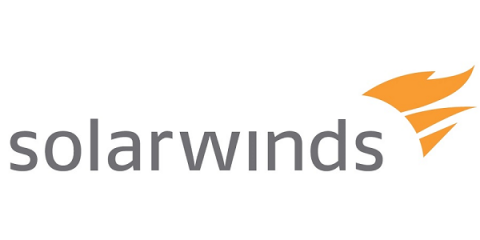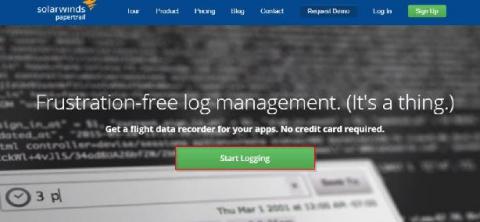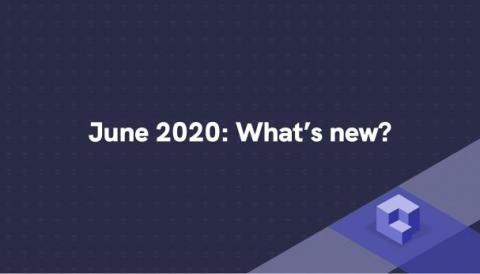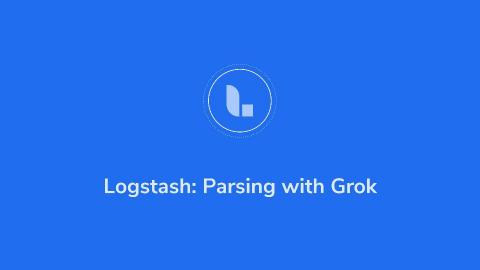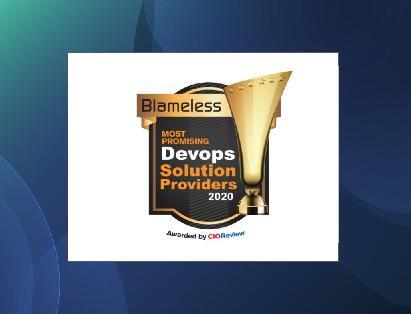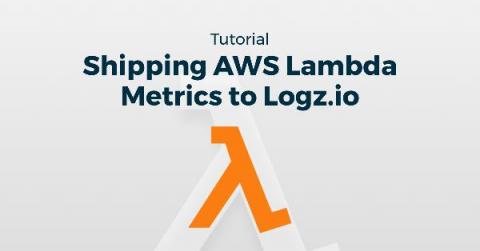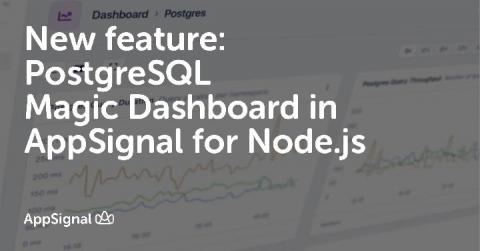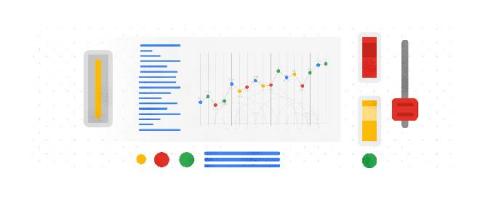Operations | Monitoring | ITSM | DevOps | Cloud
Latest Posts
Benefits of Cloud-Based Log Monitoring
IT Asset Discovery & Tracking: How to Get the Most Out of IT Asset Management
It is general knowledge that most businesses are used to managing their IT assets through only a spreadsheet and a list of invoices. The critical problem with this system is that it is far too simple a mechanism to be able to maintain the asset inventory for hundreds or thousands of hardware devices and software licenses, let alone handle the different aspects of the IT asset life cycle like.
June 2020, What's new? Gitlab support, persistent storage, faster deployments...
Hello and welcome to another issue of This Month in Qovery! Qovery helps developer to deploy their applications in the Cloud in just a few seconds. This is a monthly summary of its progress and community.
Logstash Grok Tutorial with Examples
Logstash can parse CSV and JSON files easily, but that’s because data in those formats are perfectly organized and ready for Elasticsearch analysis. Sometimes, though, we need to work with unstructured data, like plain-text logs for example. In these cases, we’ll need to parse the data to make it structured data using Logstash Grok. This tutorial will enable you to take full advantage of Elasticsearch’s analysis and querying capabilities by parsing with Logstash Grok.
Five worthy reads: Privacy in pandemic management
Five worthy reads is a regular column on five noteworthy items we have discovered while researching trending and timeless topics. This week, we explore the data privacy challenges and concerns that have arisen during the COVID-19 pandemic. In the wake of COVID-19, the world has witnessed the power of technology.
Blameless Is Awarded CIOReview Top 2020 DevOps Solution Provider
Shipping AWS Lambda Metrics to Logz.io
Serverless computing has taken off in recent years with more efficient cloud services. AWS Lambda is a great example of this, where provisioning and management of resources happens from the service’s end. You only have to deal with the code. This article will give a brief overview of AWS Lambda in contrast to EC2 instances, then walk through shipping AWS Lambda metrics to Logz.io.
New feature: PostgreSQL Magic Dashboard in AppSignal for Node
Today, we’ve added a magic dashboard to the Node integration that shows you the performance and volume of your PostgreSQL queries.
New ways to manage custom Cloud Monitoring dashboards
Earlier this year, we added a Dashboard API to Cloud Monitoring, allowing you to manage custom dashboards and charts programmatically, in addition to managing them with the Google Cloud Console. Since then, you’ve asked us to provide more sample dashboard templates that target specific Google Cloud services. Many of you have also asked us to provide a Terraform module to help you set up an automated deployment process.


